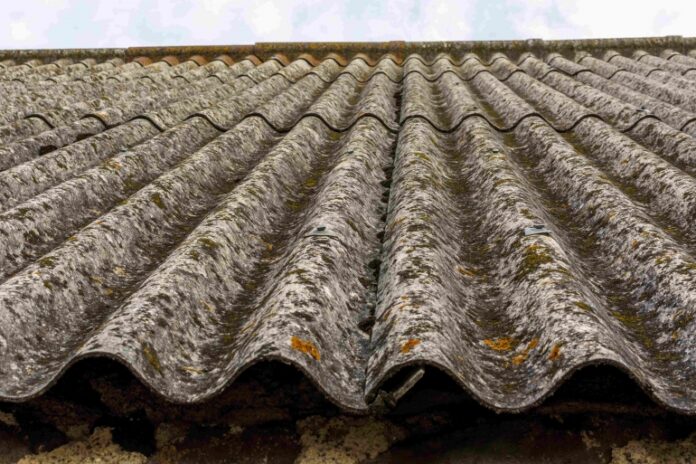
Asbestos, a roofing material once widely used in Indonesian households, poses significant health risks that many families are unaware of. Despite its historical popularity, recent data reveals that a concerning number of households still utilize asbestos in their roofing structures, despite its dangers.
According to recent findings published by the Central Statistics Agency (BPS) under the title “Indicators of Housing and Environmental Health 2023,” approximately 9.42 percent of households in Indonesia continue to rely on asbestos as their primary roofing material. This statistic is alarming, considering the well-documented health hazards associated with its exposure.
An analysis of regional data further underscores the prevalence of asbestos usage, with over half of households in provinces like Bangka Belitung Islands and DKI Jakarta opting for asbestos roofing materials. Specifically, usage rates in these regions stand at 56.65 percent and 54.78 percent, respectively, indicating a widespread reliance on this hazardous material.
In contrast, safer roofing alternatives such as concrete, tiles, zinc, and wood/shingles are available and recommended. Despite this, the allure of asbestos persists, with tiles emerging as the most commonly used roofing material, constituting 55.26 percent of household roofing choices.
While asbestos roofs may appear durable, they fail to meet essential safety standards due to the inherent health risks they pose. The material, composed of soft fibrous silicate minerals, presents numerous dangers, particularly when damaged.
Recent warnings issued by Strong Guard highlight the potential hazards associated with asbestos roofs, particularly when exposed to damage. Tiny airborne particles released from damaged that material roofs can be inhaled, leading to severe health consequences.
The health risks associated with its exposure are manifold. Inhaled asbestos particles can become lodged in the lungs, triggering inflammation, scarring, and genetic damage to lung cells. Over time, exposure to the material can lead to chronic conditions such as asbestosis, lung cancer, and mesothelioma.
One of the most concerning aspects of its exposure is the latency period between initial exposure and the onset of symptoms, which can range from 20 to 30 years. This delayed manifestation of symptoms underscores the insidious nature of asbestos-related illnesses, making prevention and early intervention crucial.
Furthermore, asbestos fibers are microscopic and imperceptible to the naked eye. Once swallowed, these fibers become permanently trapped in the body, posing long-term health risks.
In light of these findings, it is imperative that households in Indonesia prioritize the removal and replacement of asbestos roofing materials with safer alternatives. Public awareness campaigns, supported by governmental initiatives, should be implemented to educate communities about the dangers of the material and promote the adoption of safer building materials.
By raising awareness and fostering a culture of safety, Indonesia can mitigate the health risks associated with its exposure and safeguard the well-being of its citizens for generations to come.

















